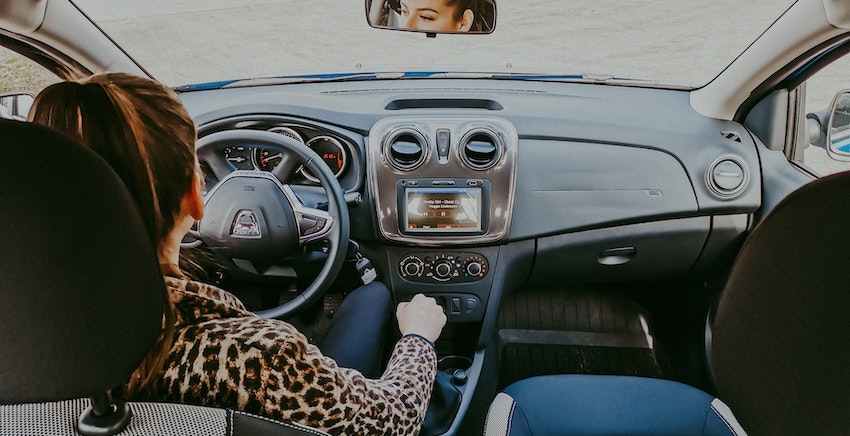
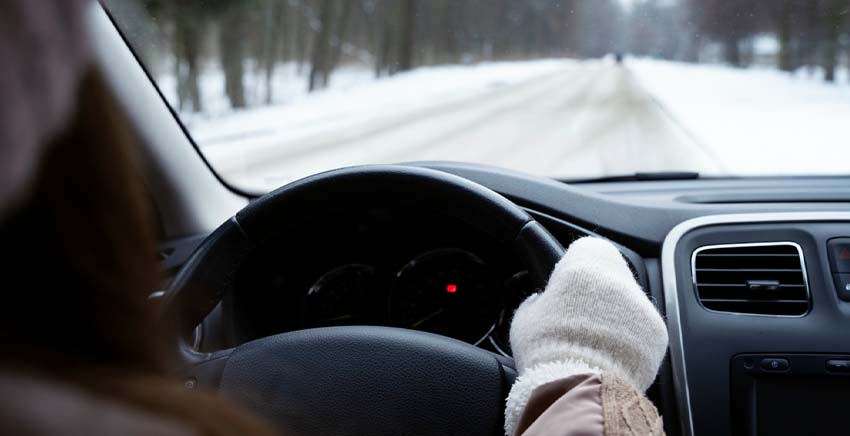
Winterize your Car for Road Trips
Driving during a cold winter may be a big hassle and on icy roads, it can be risky. Maintaining your car, driving cautiously, and putting together a winter auto emergency kit can ensure that your car is ready for any snowstorm or winter drive.
Don’t forget to winterize your vehicle for those crucial road trips. To ensure that your vehicle is capable of handling winter driving conditions, heed the advice provided below before the winter drive
1. GET A SERVICE OF YOUR VEHICLE
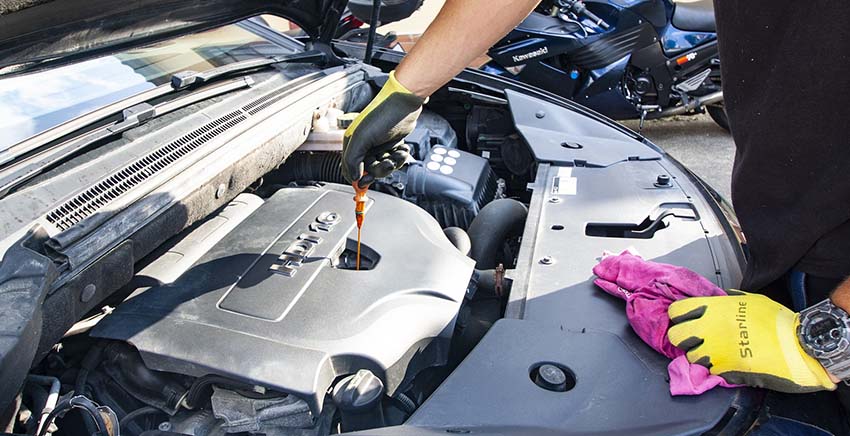
Have your car serviced so that it is ready for the difficulties that winter can present before you encounter any severe weather.
- Battery – As the temperature decreases, battery power declines, making it harder to start your vehicle in the winter. Your chance of malfunctioning rises if your battery is already experiencing issues. For the best winter performance, it is advised that your auto service professional install a battery of 600 CCA or more.
- Cooling System – Antifreeze-to-water ratio in the cooling system should be kept between 50/50 and 70/30. To prevent corrosion and potential freezing, contact your specialist about which antifreeze is appropriate for your car and the proper coolant-to-water ratio.
- Brakes – Even if driving in the cold doesn’t always harm your brakes, a comprehensive inspection can guarantee the greatest performance.
- Others – Belts, hoses, spark plugs, wires, and cables can fail at any season of the year, but if they do so in the winter, you risk being stranded for an extended period in a very chilly location.
2. CHANGE TO WINTER TIRES
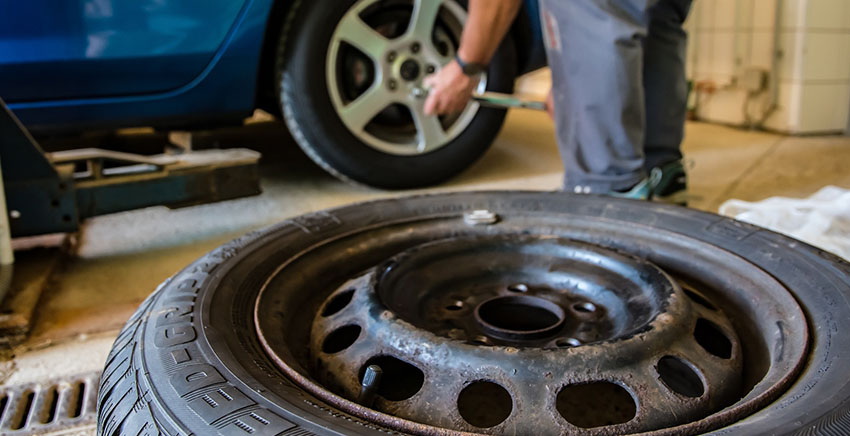
All-season tires can be used in winter circumstances, but they won’t provide you with the enhanced efficiency you may require in your location. It is advised that you add winter tires when winterizing your car if you’re traveling to an area with exceptionally cold winter temperatures. Non-winter tires’ rubber compounds harden when the temperature is constantly at or below freezing, which reduces the tire’s traction on the ground. Winter tires include unique compounds designed to withstand freezing temperatures without hardening, giving them improved traction on ice, snowfall, water, and even bare pavement.
3. KEEP TIRES PRESSURE UP
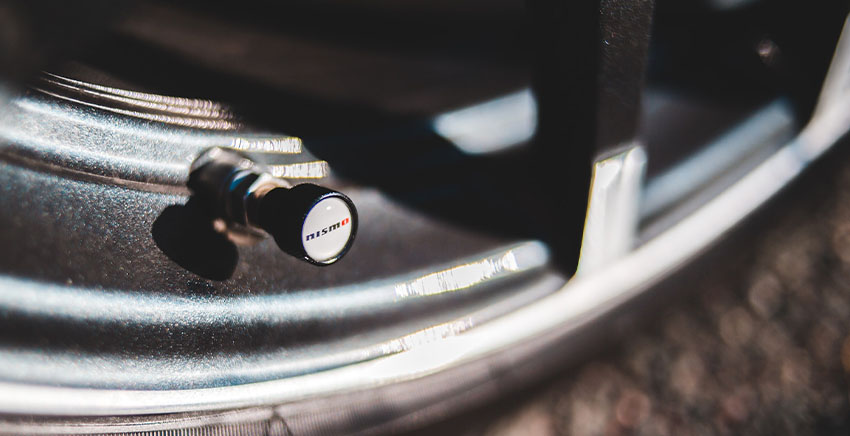
A gain or loss of 1 PSI could result from a 10° shift in the surrounding temperature. As a result, you should check tire pressure more frequently during the winter and top off as necessary. The tire placard in the driver’s side door jamb and your vehicle owner’s manual both list the recommended tire pressure.
4. SET WINTER WIPERS IN PLACE
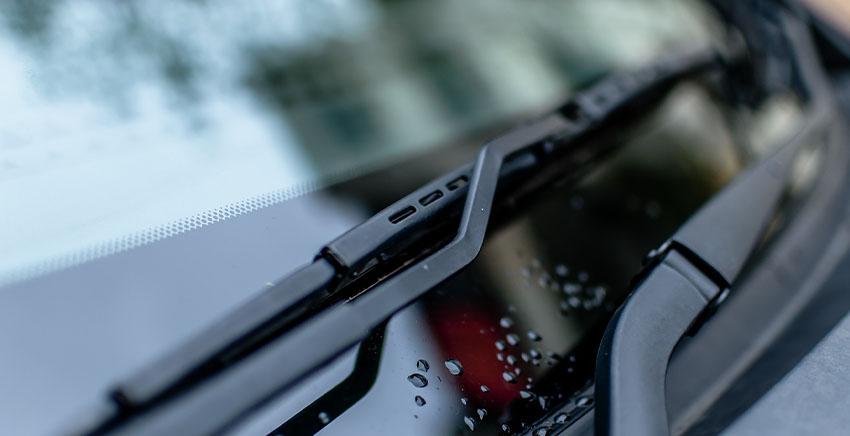
These have rubber on them that prevents ice from building up on the blades. Just remember to take them off in the spring. Winter wipers are stronger than standard wipers, thus using them continuously puts more strain on the wiper motor.
5. MAINTAIN FULL WASHER FLUID
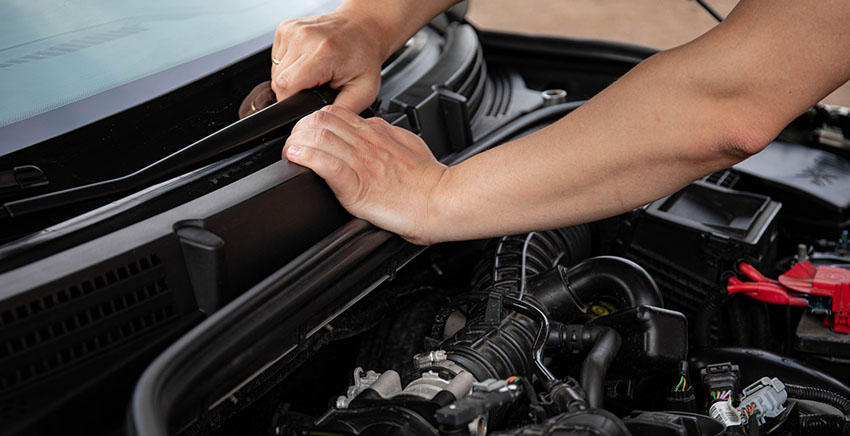
Regularly change the wiper fluid in your windscreen. A single blizzard can use up a lot of this fluid, so frequently top off the washer reservoir with windscreen wiper fluid designed for winter weather. Add a liter of washer fluid antifreeze to the tank if you’re not sure if your washer fluid is designed for cold temperatures. The majority of auto parts stores carry it.
6. VERIFY ANY TEMPERATURE CHANGES THAT CAN AFFECT TRACTION
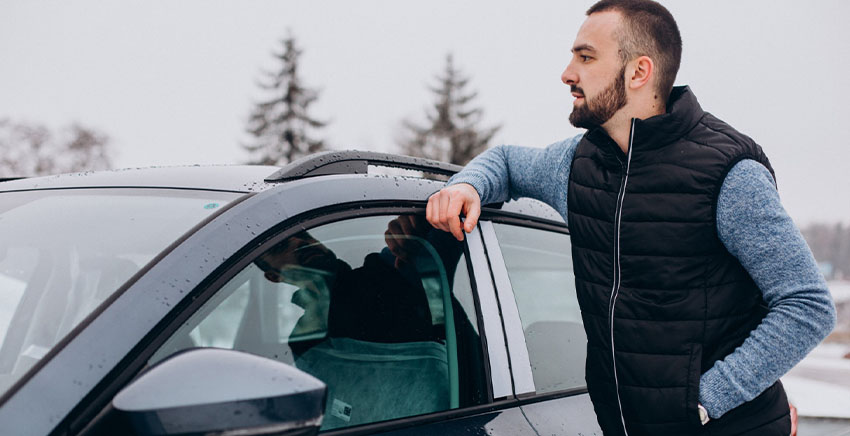
Check the forecast to see how the weather might change while you’re out for a cold winter journey. If there is a rapid shift in the weather that you are unprepared for, it might damage either your traction or your driving skills. As an illustration, driving in 0° weather is very different from driving in 32° weather. Due to surfaces becoming much slick at these extreme winter temperatures, you typically have more traction at 0° compared to at 32°.
7. ATTACH TIRE CHAINS IN EXTREME CASES
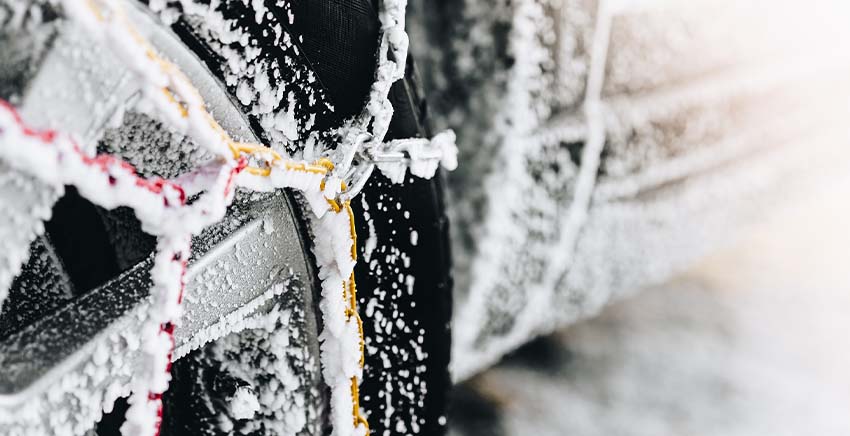
Only use chains when traveling on icy or snowy roads. Don’t ever use chains on the bare pavement; if you must, pull over and take them off to avoid damaging both your car and the road.
8. STORE A WINTERS SAFETY KIT
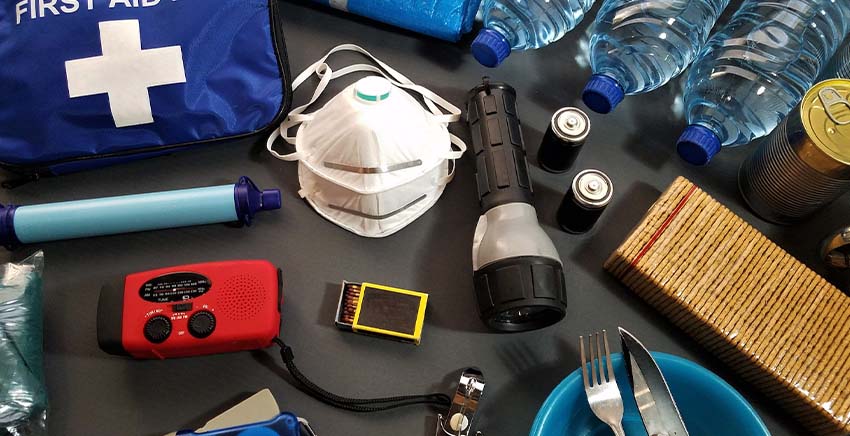
While we’re talking about remaining safe while stuck, fill your vehicle with any of these winter emergency necessities:
- Mobile phone
- Warm clothes and boots to spare
- A cozy blanket
- Matches
- Light source and new batteries
- Flares
- Nonperishable foods
- First-aid kit with water
- Snow shovel
- Jumper cable
- Extra fuel
- Additional quart of oil and antifreeze
9. FILL THE GAS TANK UP TO AT LEAST HALFWAY
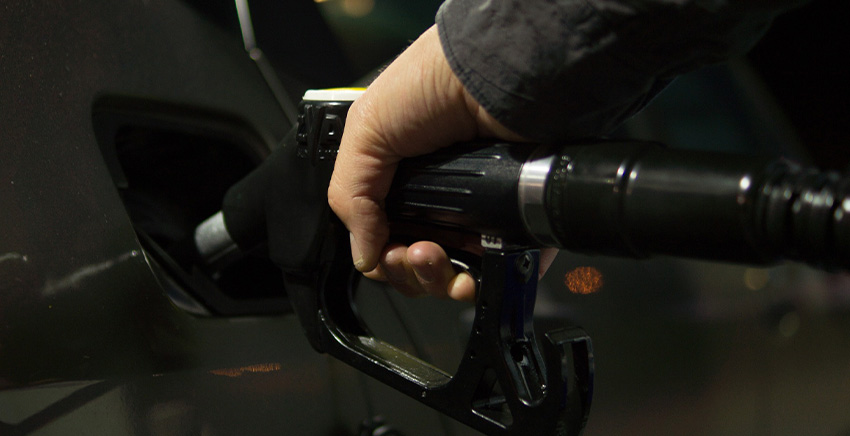
Regularly fill up! In the winter, it is more crucial to keep the tank filled with gas than in the summer. Why? One benefit of a full tank is that condensation is reduced, which can help avoid gas line freeze-ups. In addition, your engine can be the only thing that can keep your body warm until help arrives if you ever become stuck.
10. DON’T FORGET TO CHECK THE DEFROSTER IN YOUR REAR WINDOW
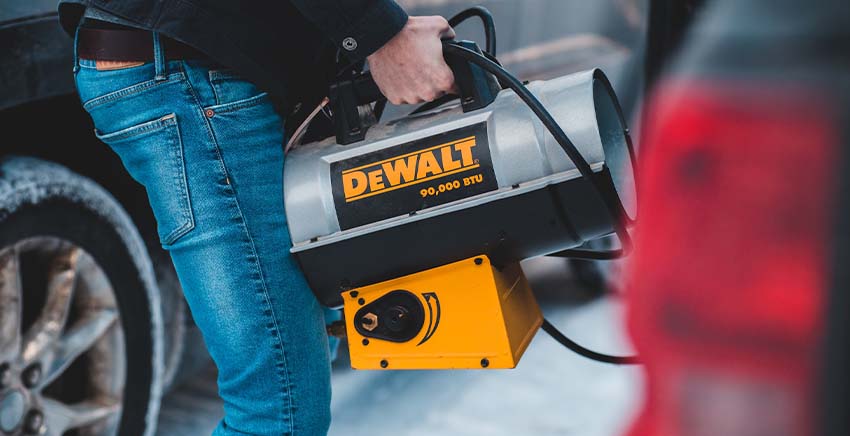
Driving could become risky if you can’t see what’s behind you. Because of this, many jurisdictions have rules requiring that all of your windows be free of moisture and other dirt. Before the cold weather hits, make sure your rear window defroster is in working order when winterizing your automobile.
WINTER DRIVING SAFETY
When organizing a road trip, you’ll probably look into your destination’s lodging options, sightseeing options, and dining options. Consider storing emergency supplies like food, water, and blankets in your car if you plan to drive throughout the winter. You should go a step further and research the snow conditions as well.


